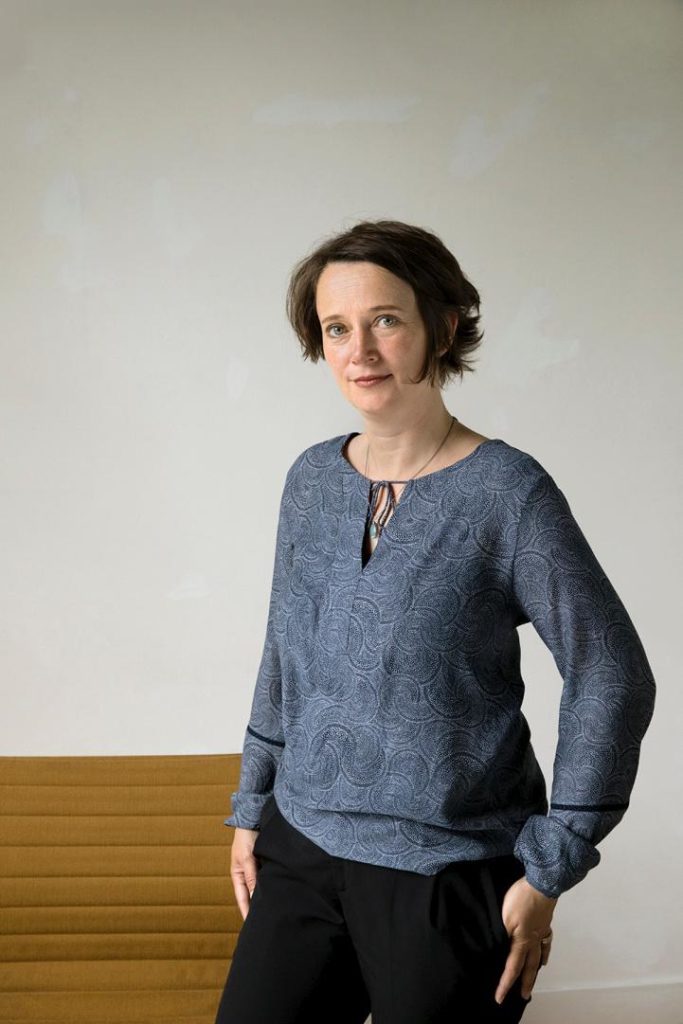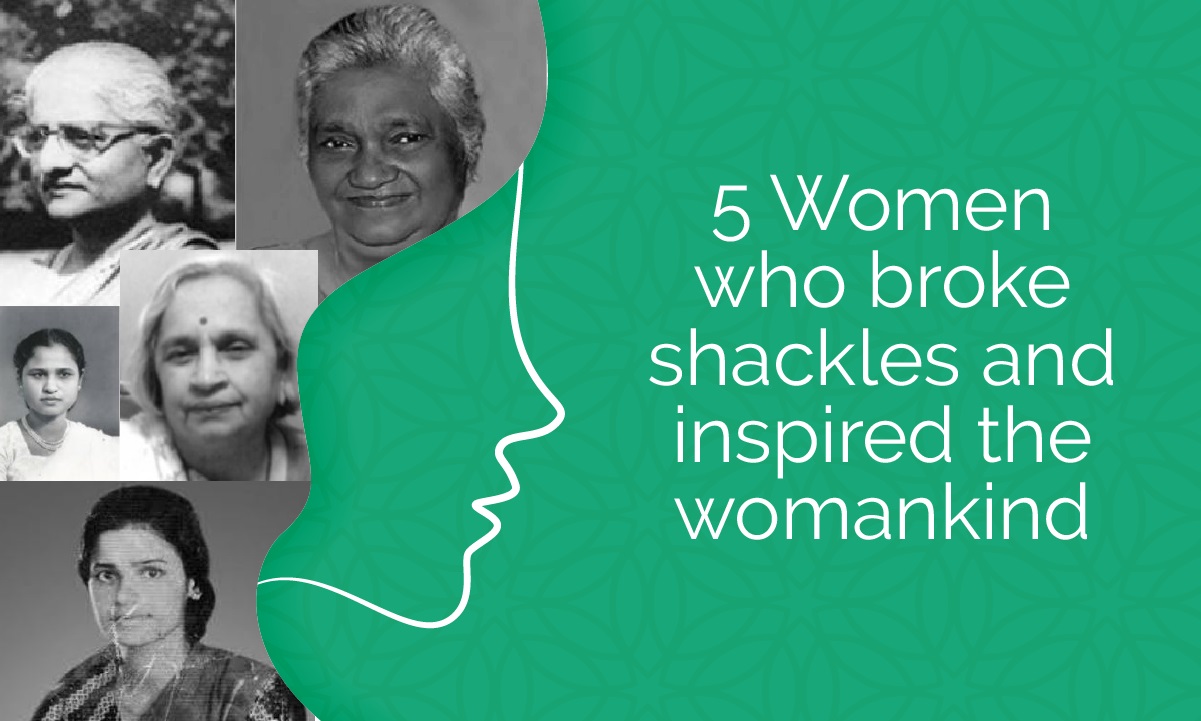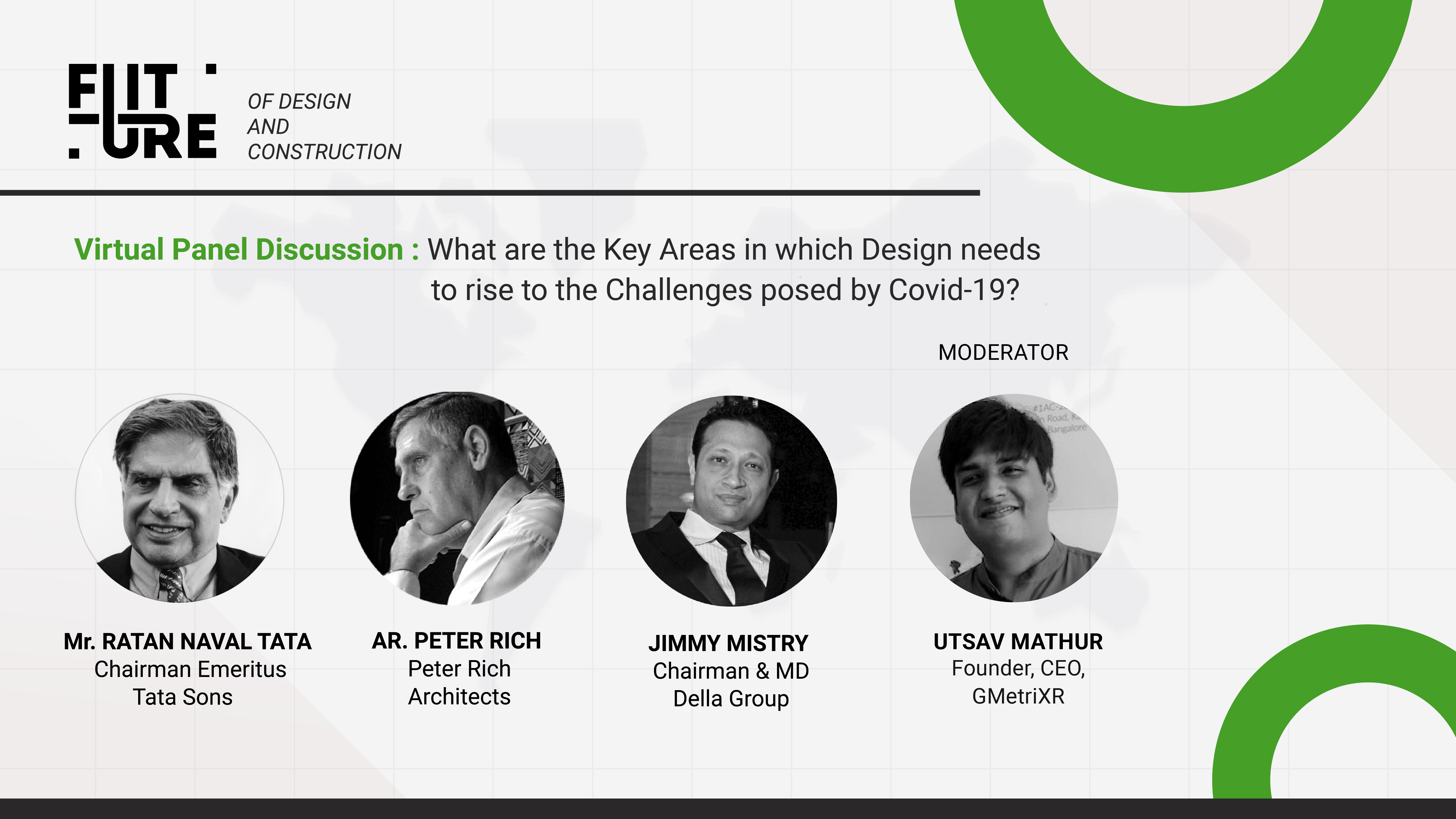
Astrid Piber, UNStudio partner
Architecture since its inception has been one strong physical manifestation of cultural and commercial change. It is a real expression of values and mirrors the way we live. And these architectural illustrations are most evident in cities, a landscape which presents numerous threats and challenges for the future. What is represented at its best in these illustrations? It’s the rapidly growing world population, climate change, global warming, shifting mobility patterns, increasing urbanisation and digitalisation.
The quality of life inhabitants living in cities across the globe are leading is rapidly deteriorating. There is a significant need for the cities to respond to human needs, sadly, there is no single solution to it. Coming to building responsibly – every single architect has their own unique way to deal with the challenges and opportunities of the future. But future-oriented architecture needs to respond to the arising needs of the humans living.
During the 2018 Wienerberger Brick Award, Astrid Piber (partner at UNStudio), provided a vision into her approach on “Future-Proofing Design”.
In her keynote she said,
Designing for the future means making the user central. By starting from the human perspective, architecture and technology can advance our built environment and create better places for people to live, work and engage with.
View her full keynote speech in this video!
http://macayanez.com/author/admin/page/10/ About UNStudio & Astrid Piber:
UNStudio is a Dutch architectural practice founded in 1988 by Ben van Berkel and Caroline Bos. The firm specializes in architecture, urban development, and “infrastructural” projects. Astrid Piber is a Partner at UNStudio and as such responsible for design, quality and knowledge management. She joined the UNStudio in 1998.
Itá where to buy Pregabalin online Originally Published On Architectum
buy gabapentin online forum Curated by editor at Wienerberger India
You May Like:
6 Amazing Creations Of India’s Master Architect, Charles Correa
Why Architects Love Building With Bricks?
Sustainable Construction: When Clay Is At Work









